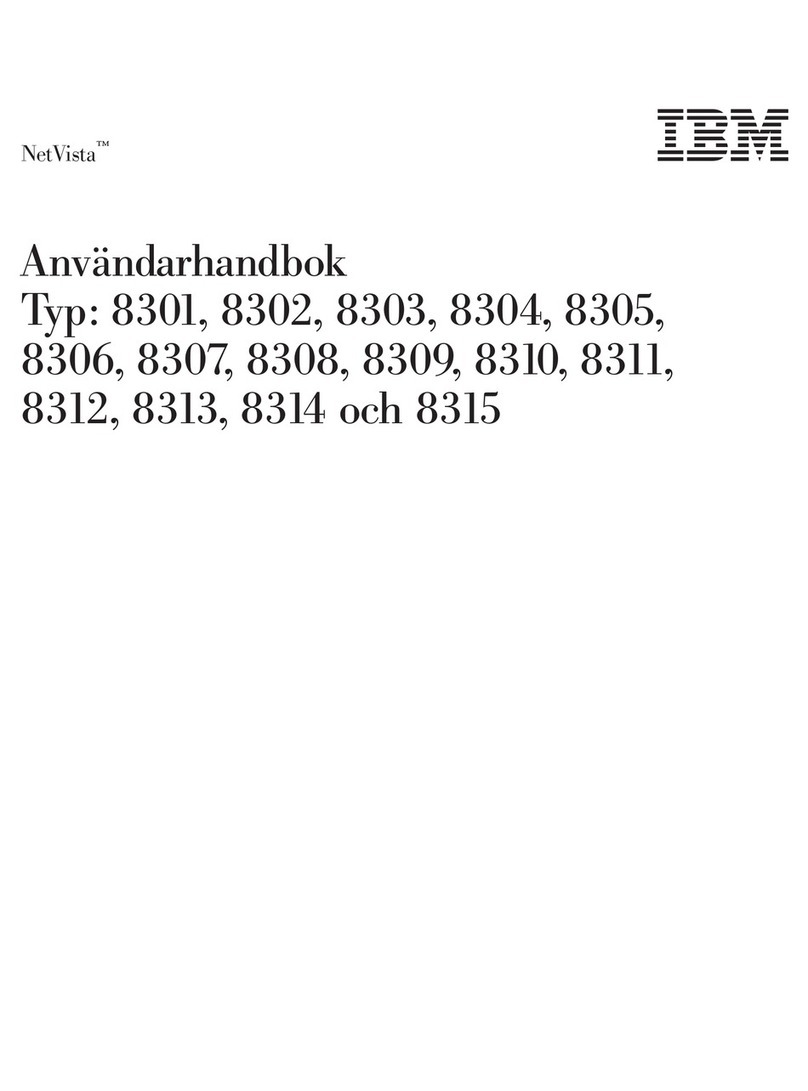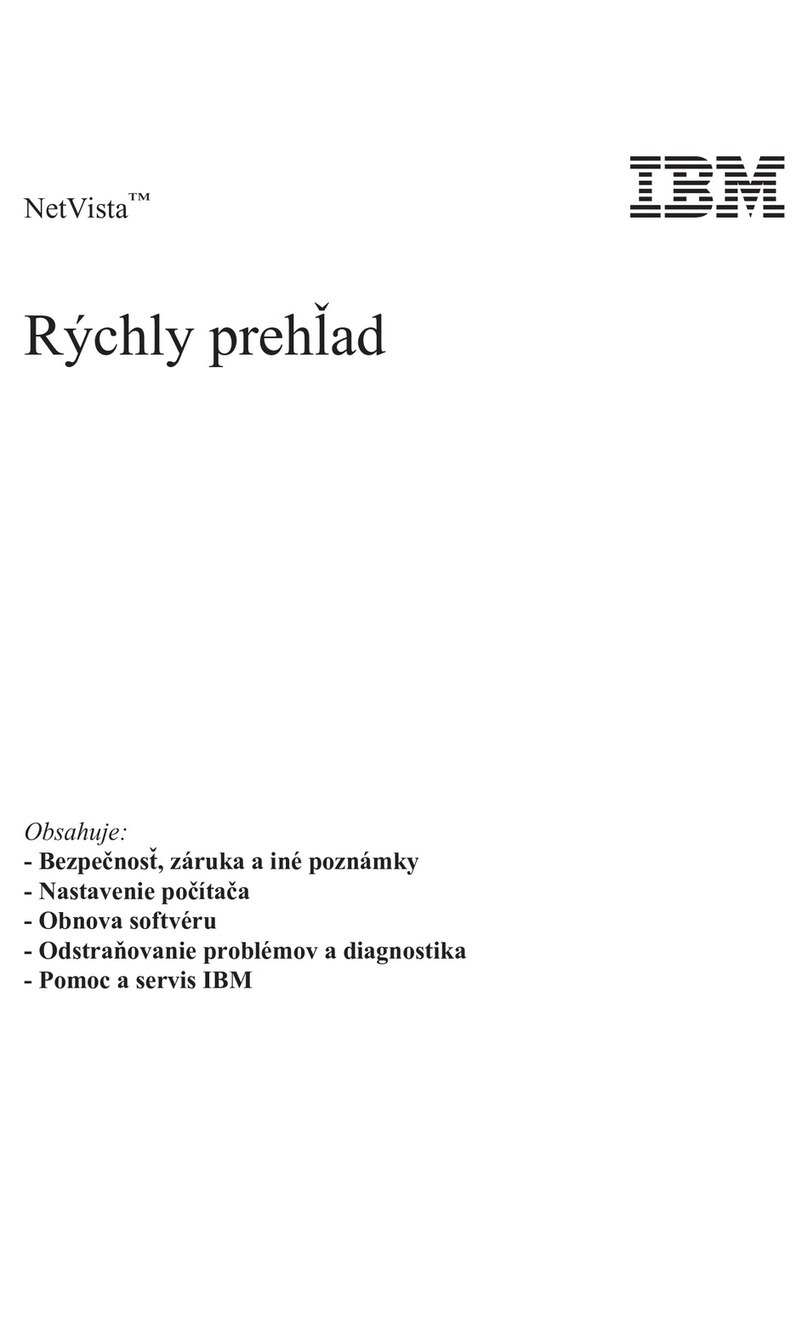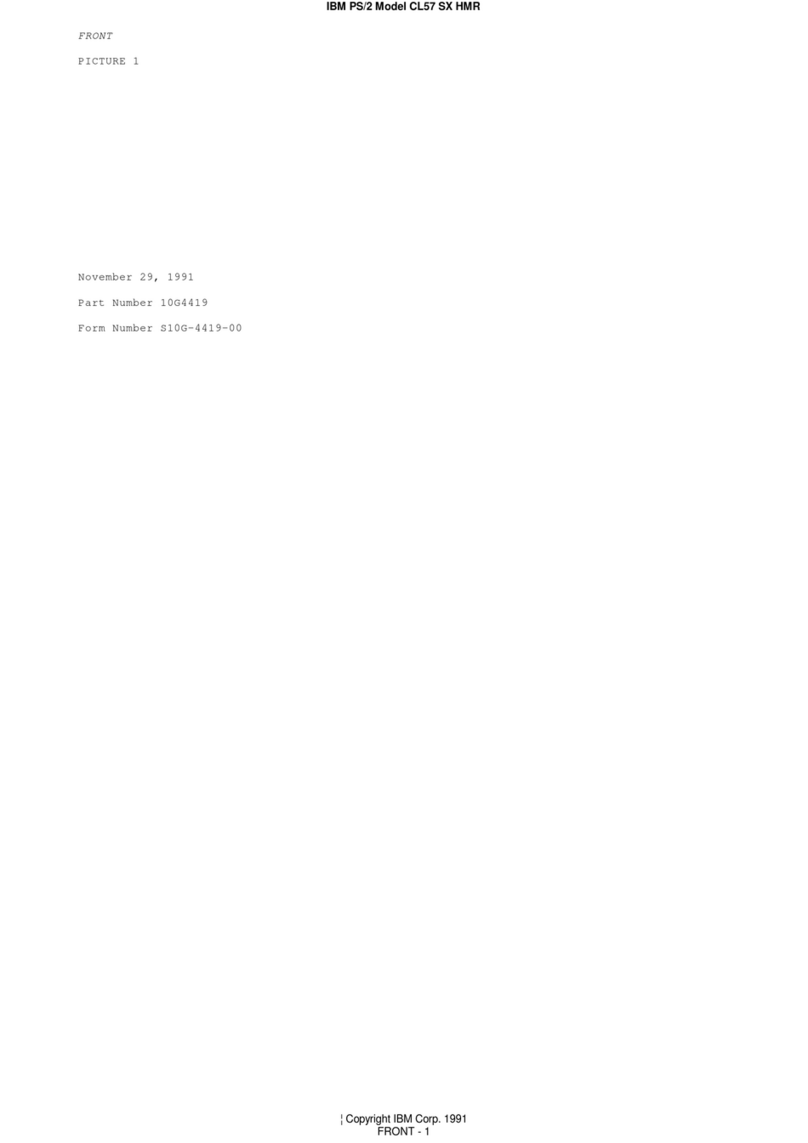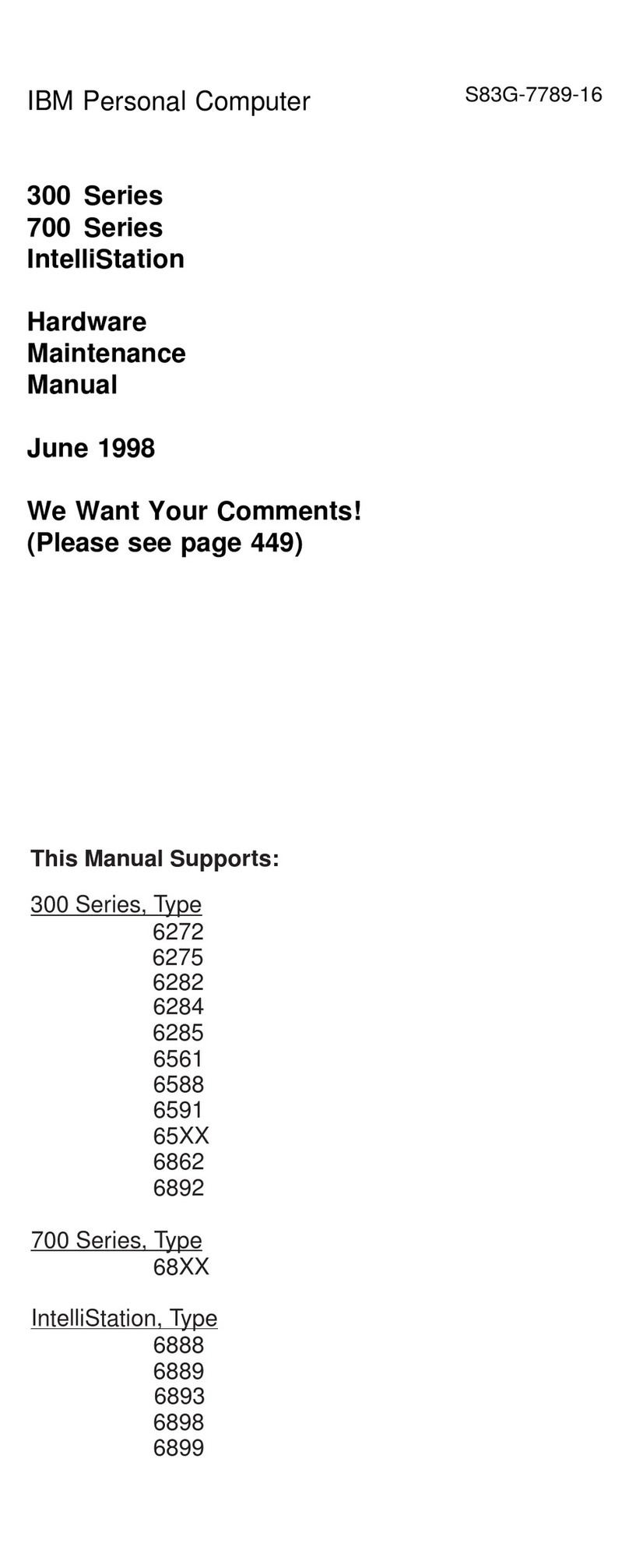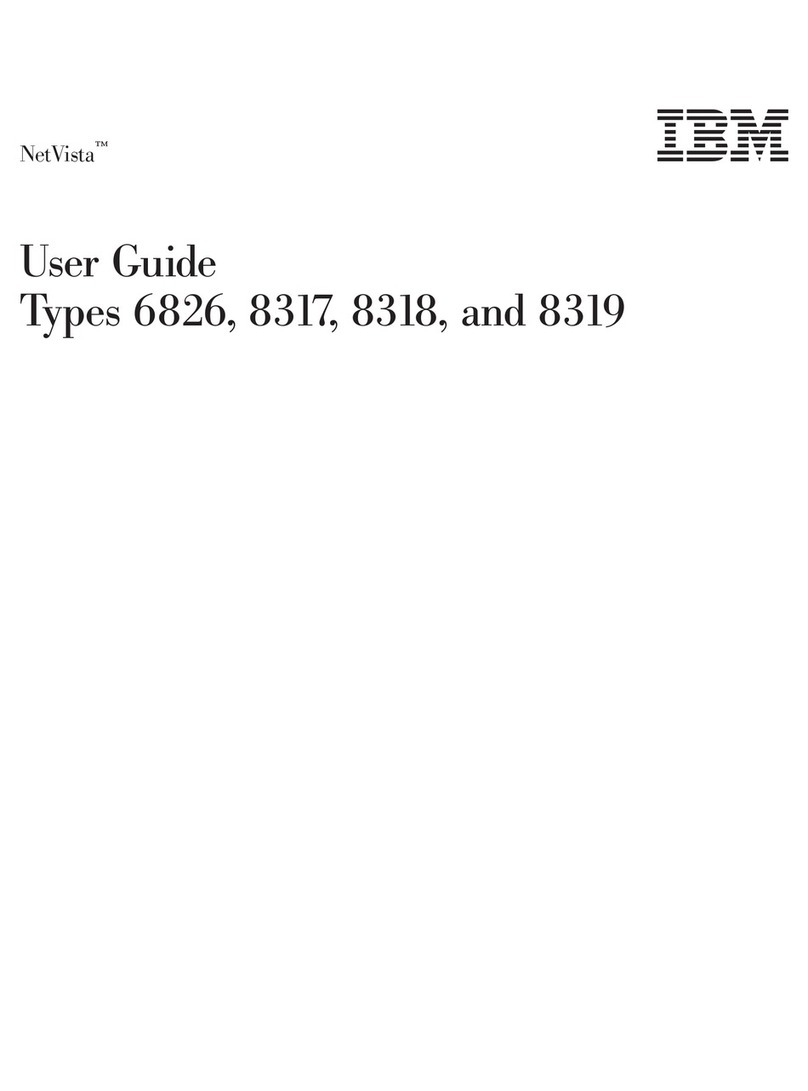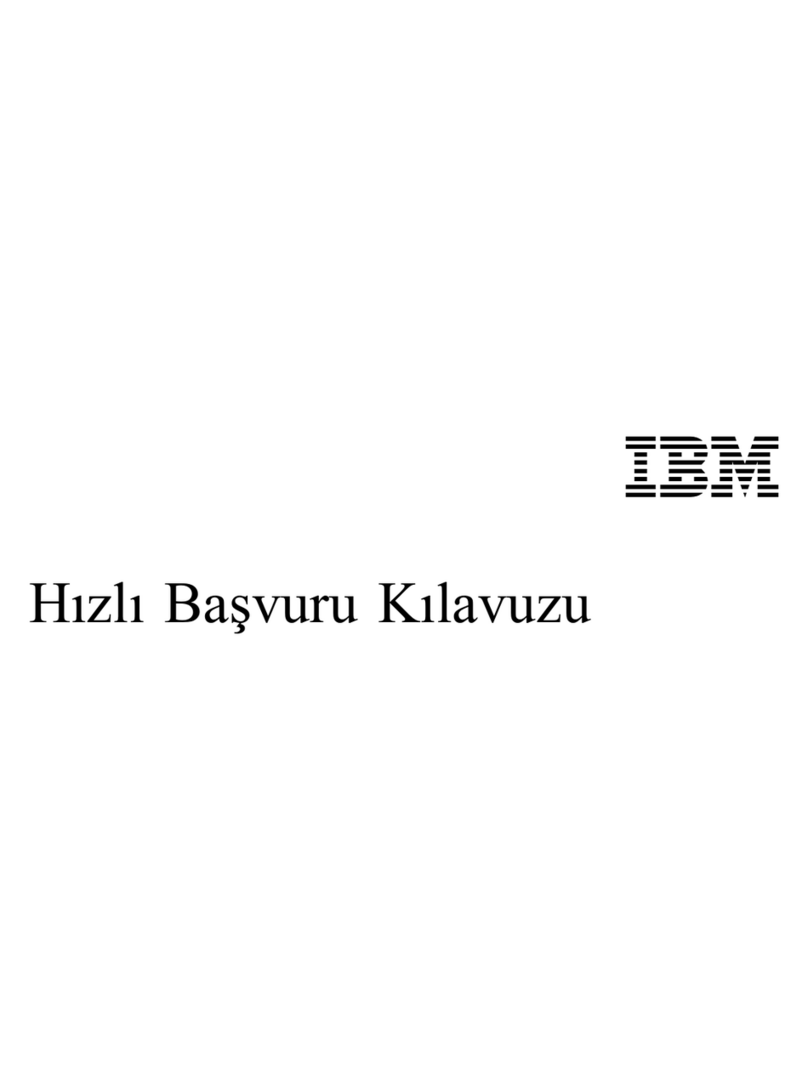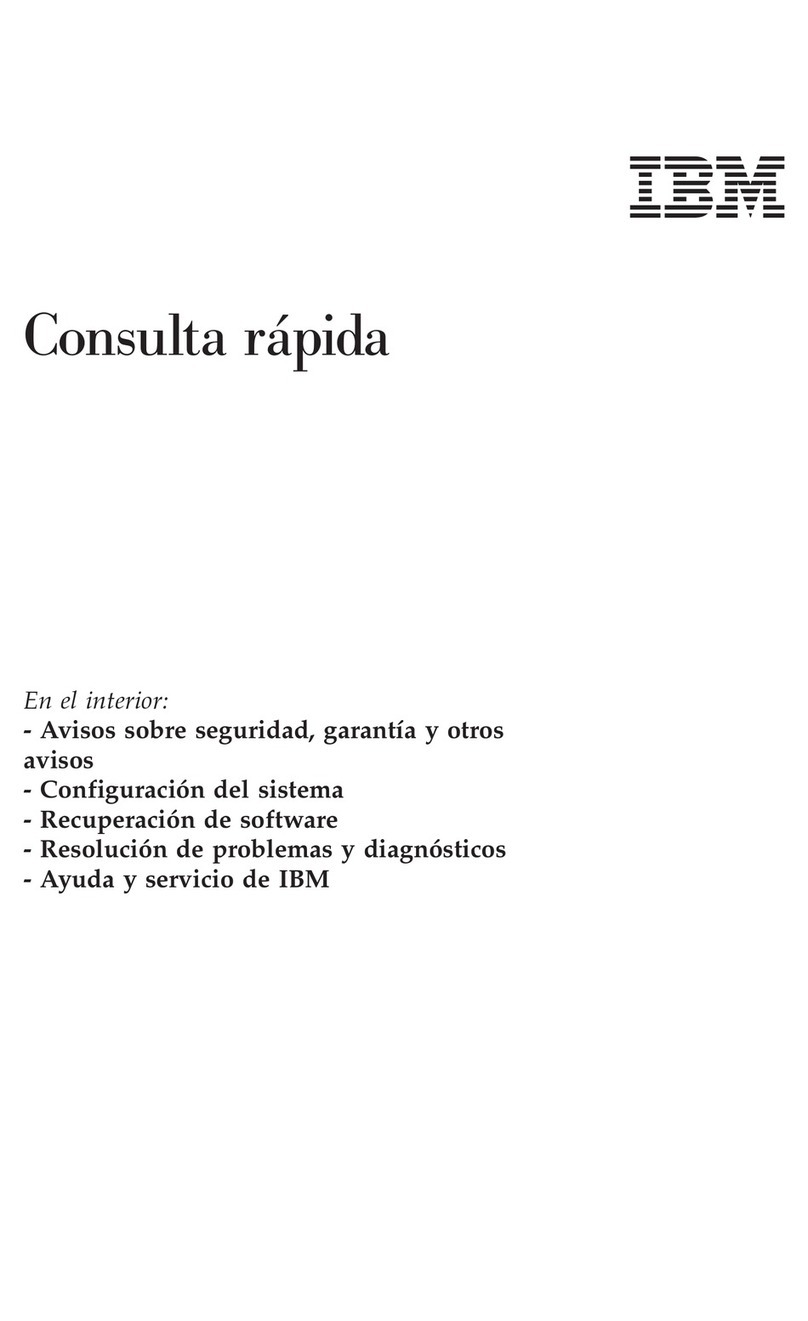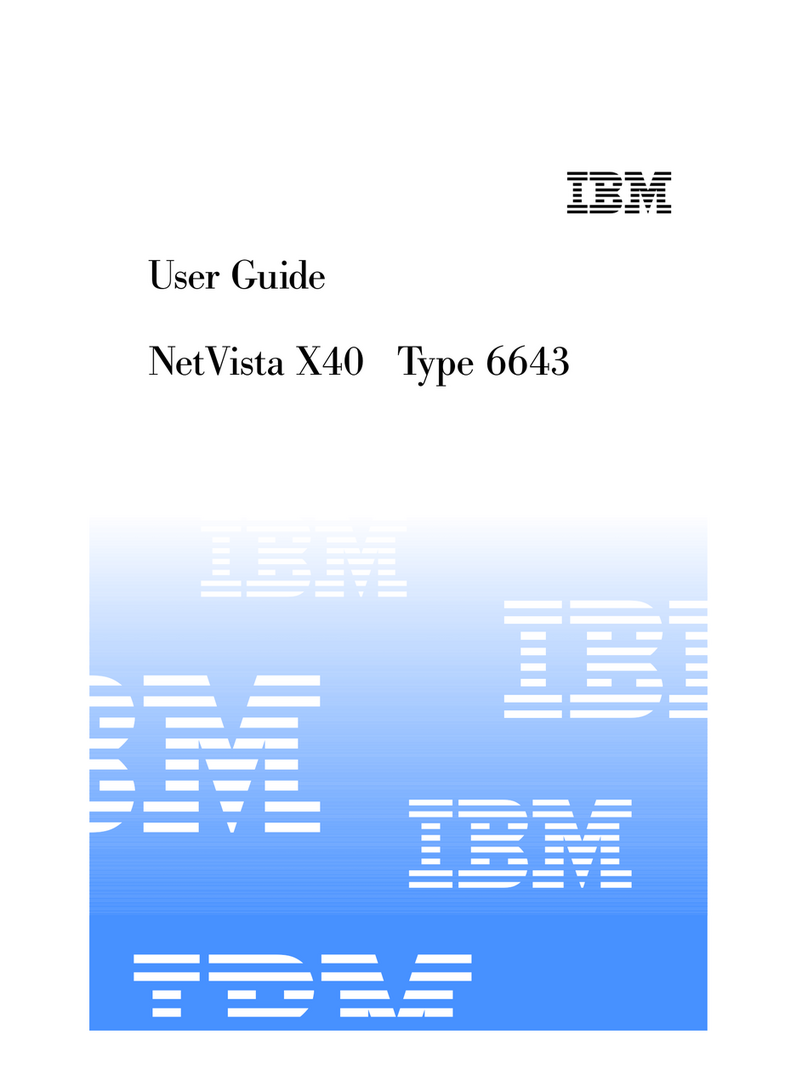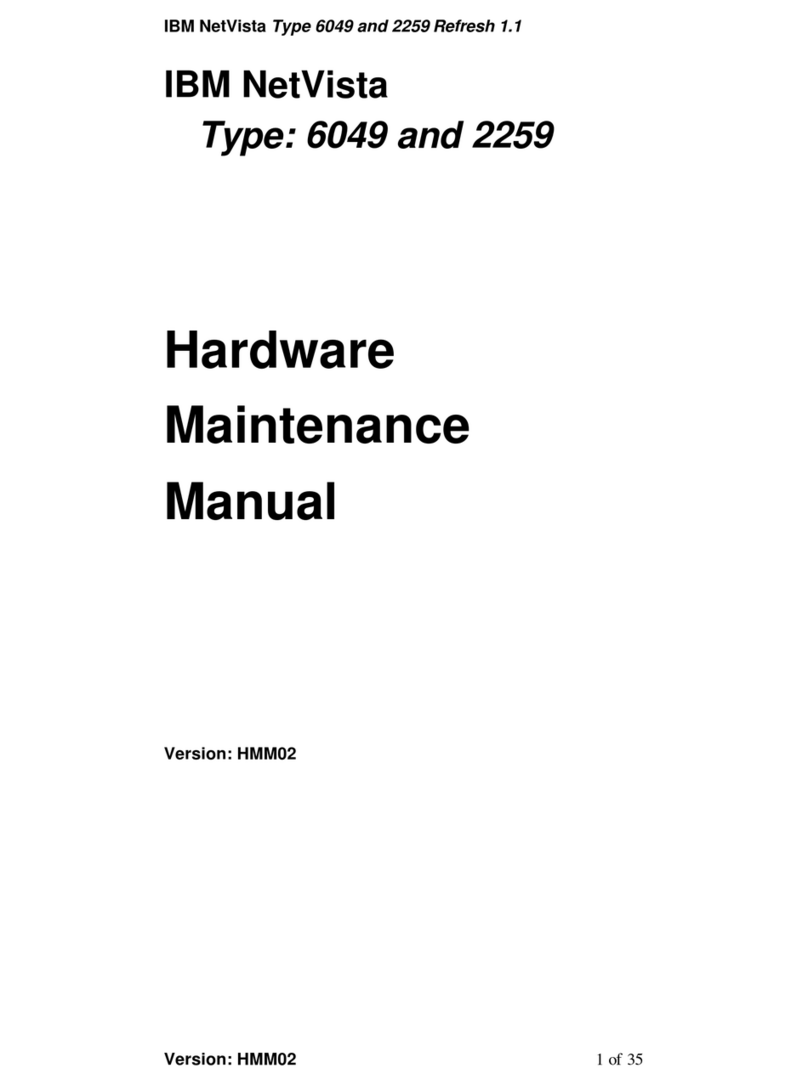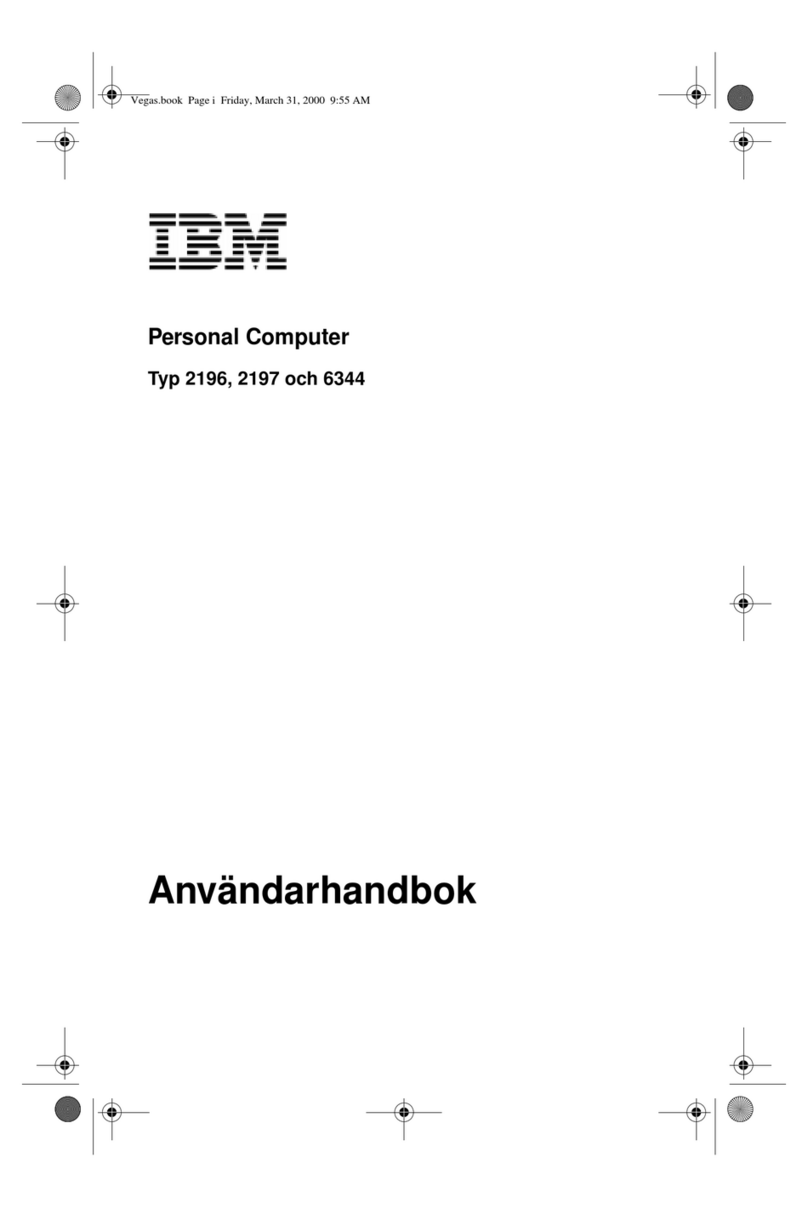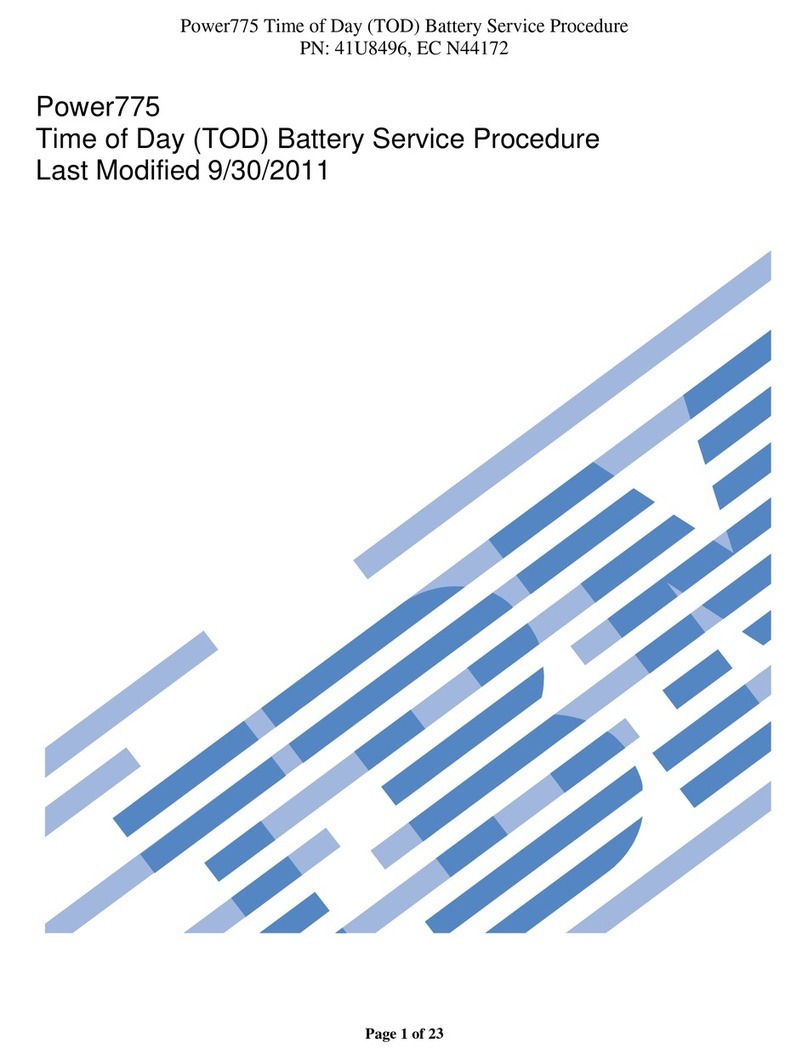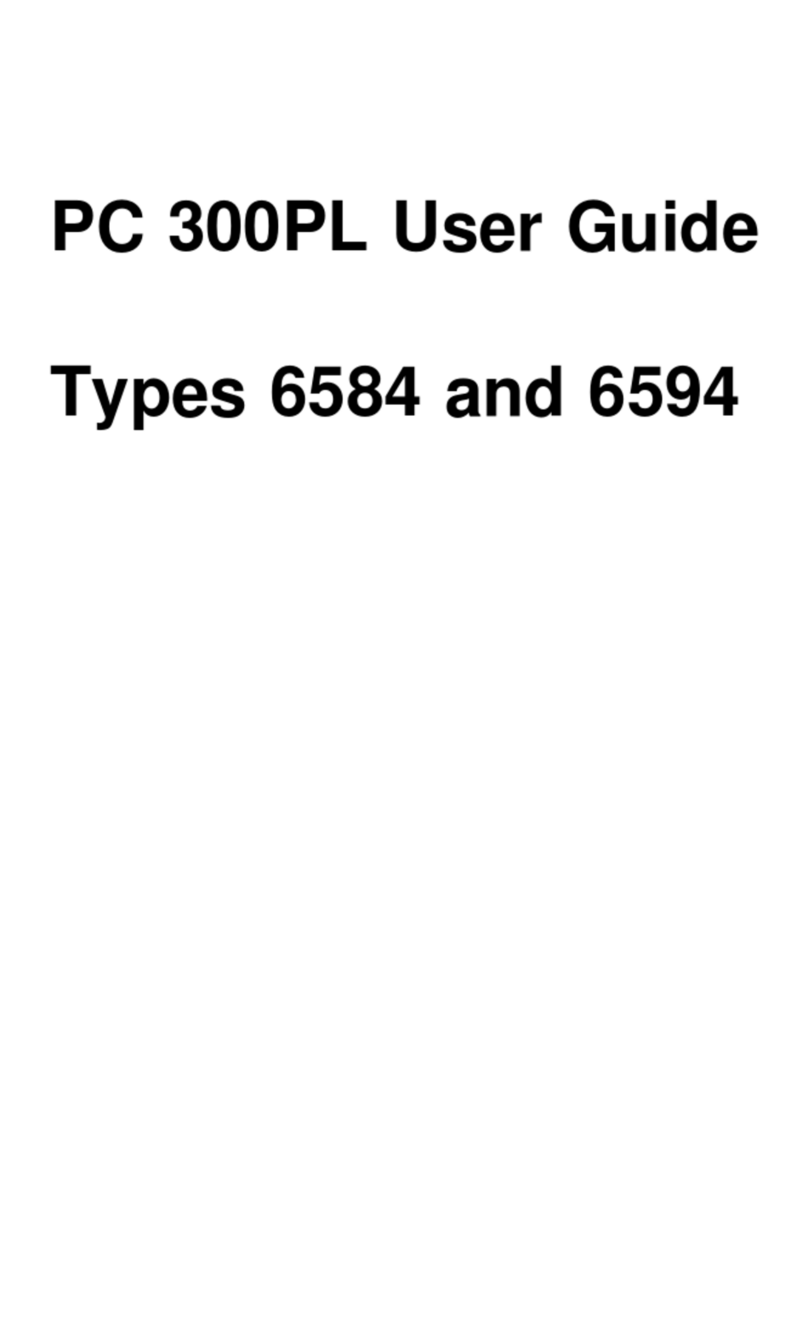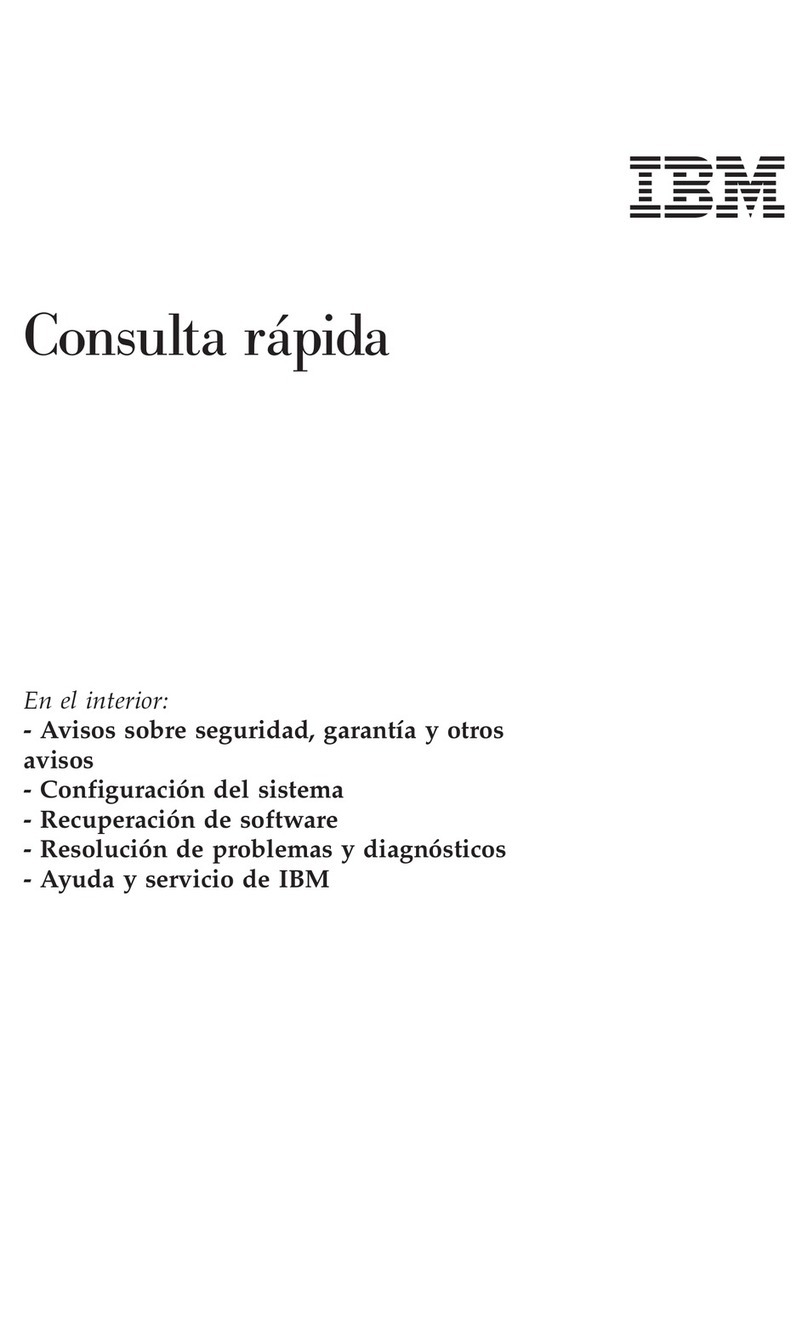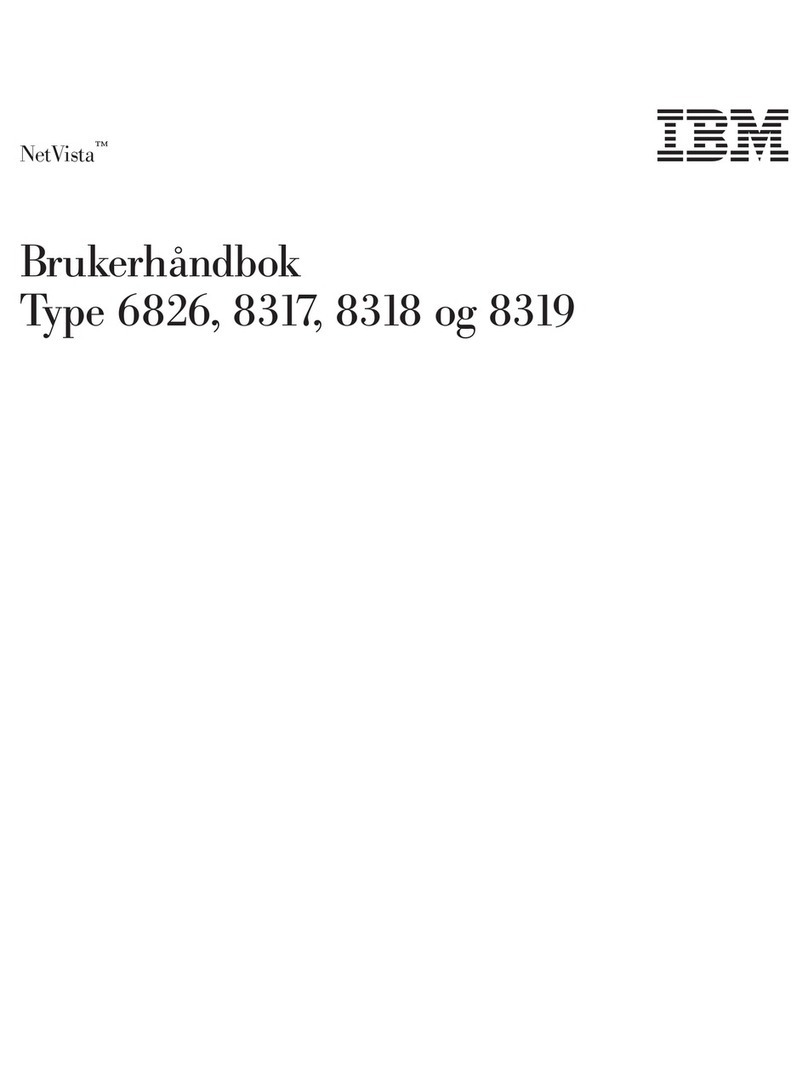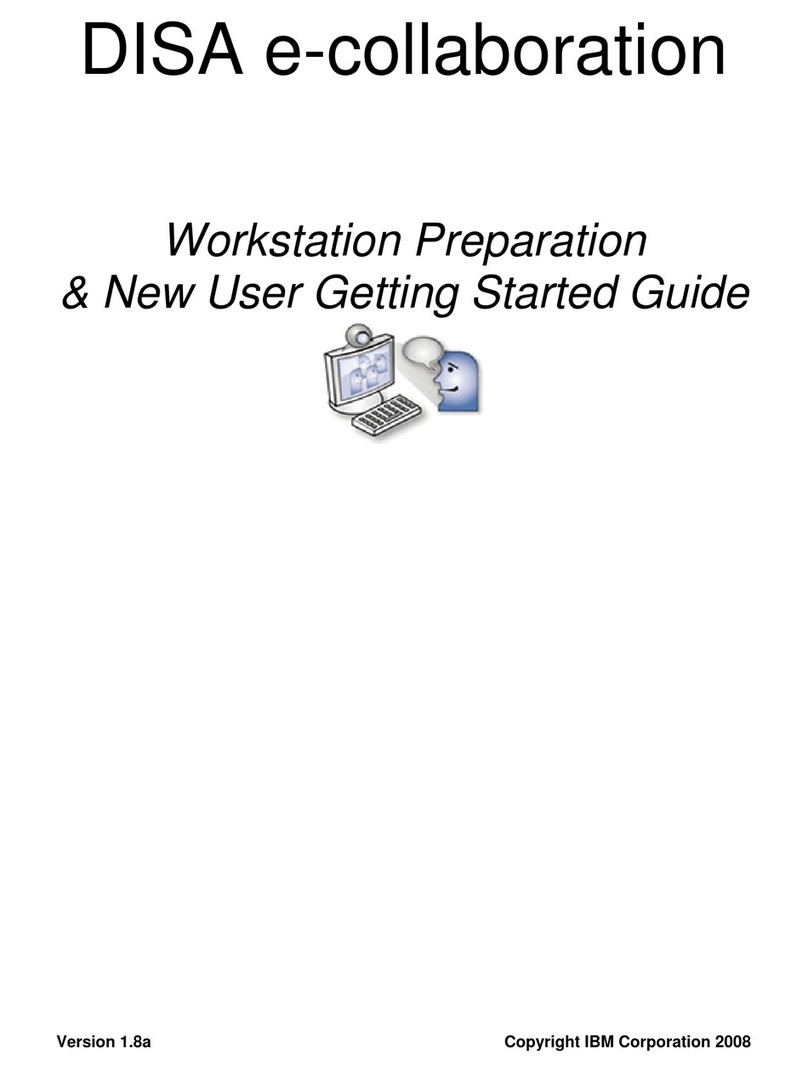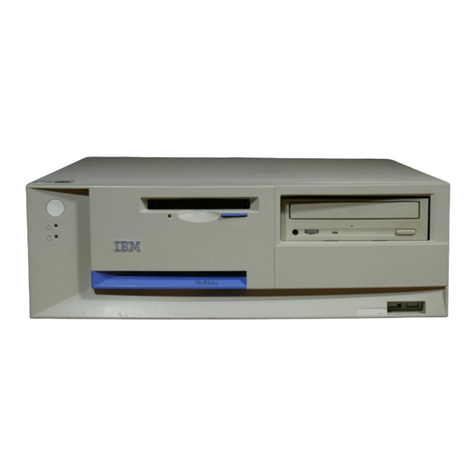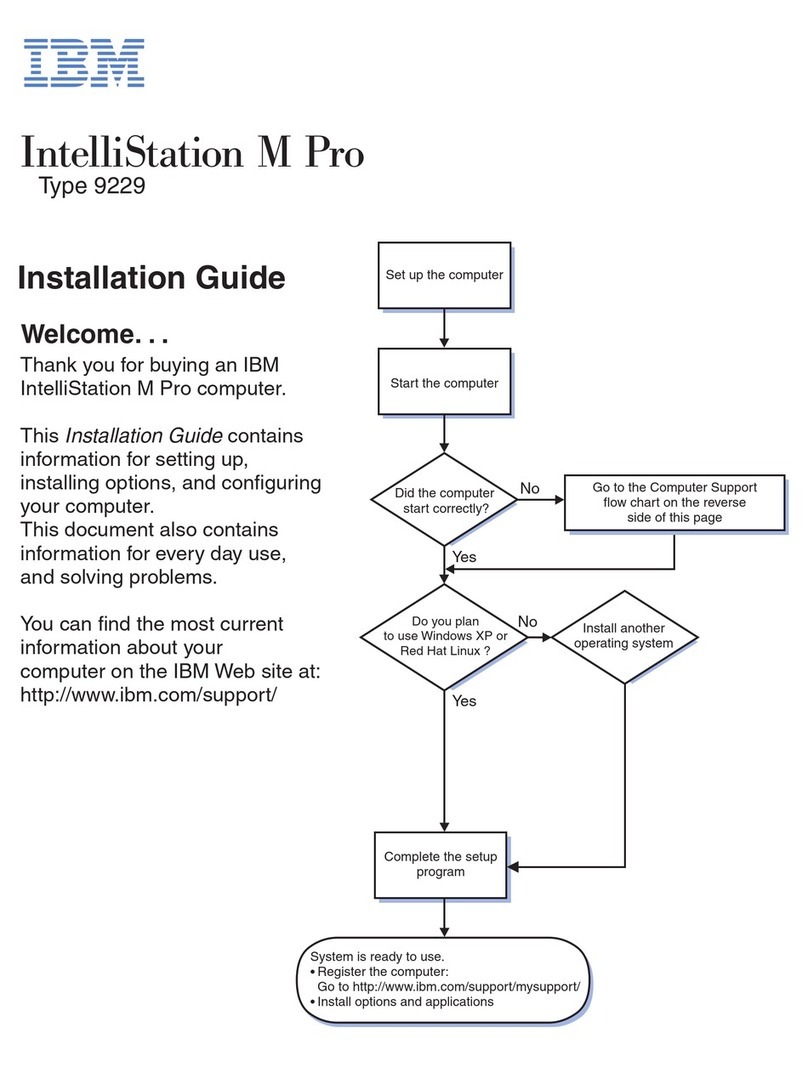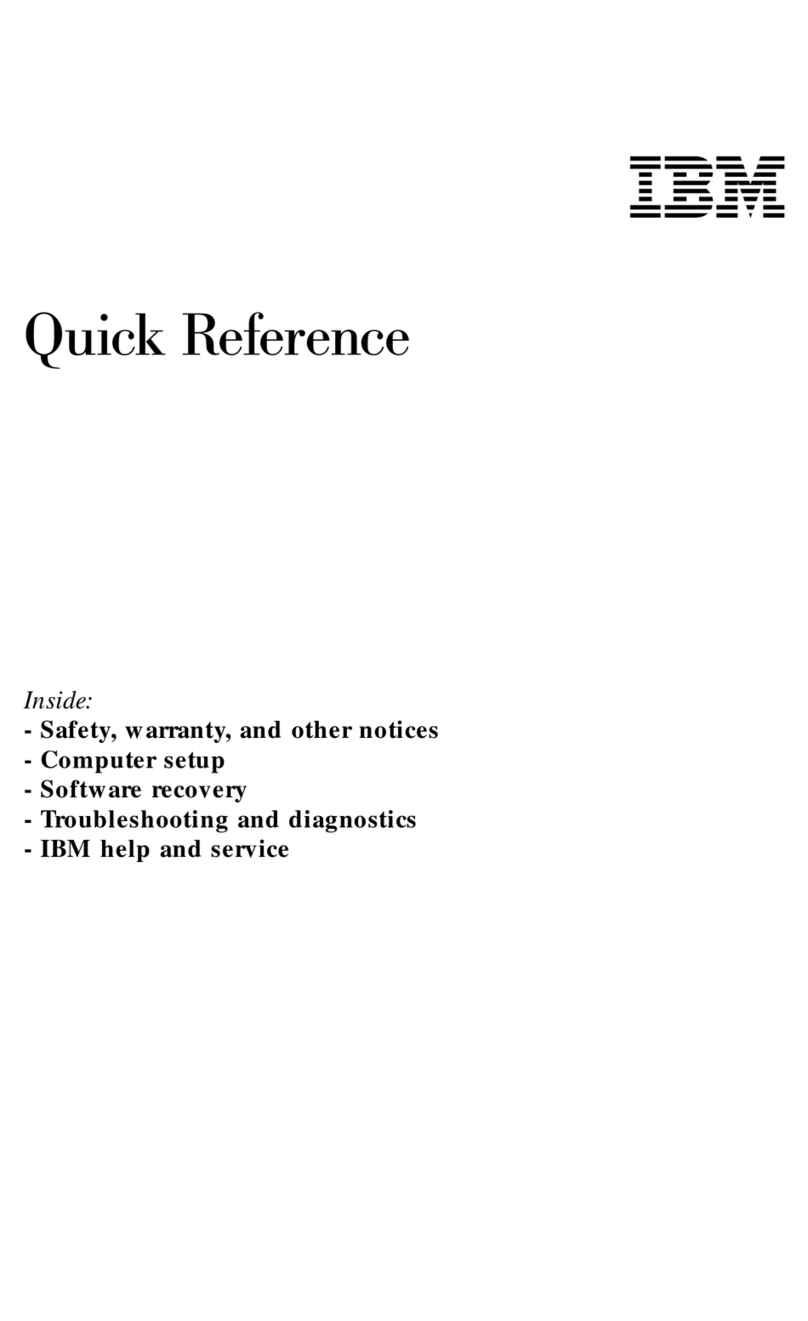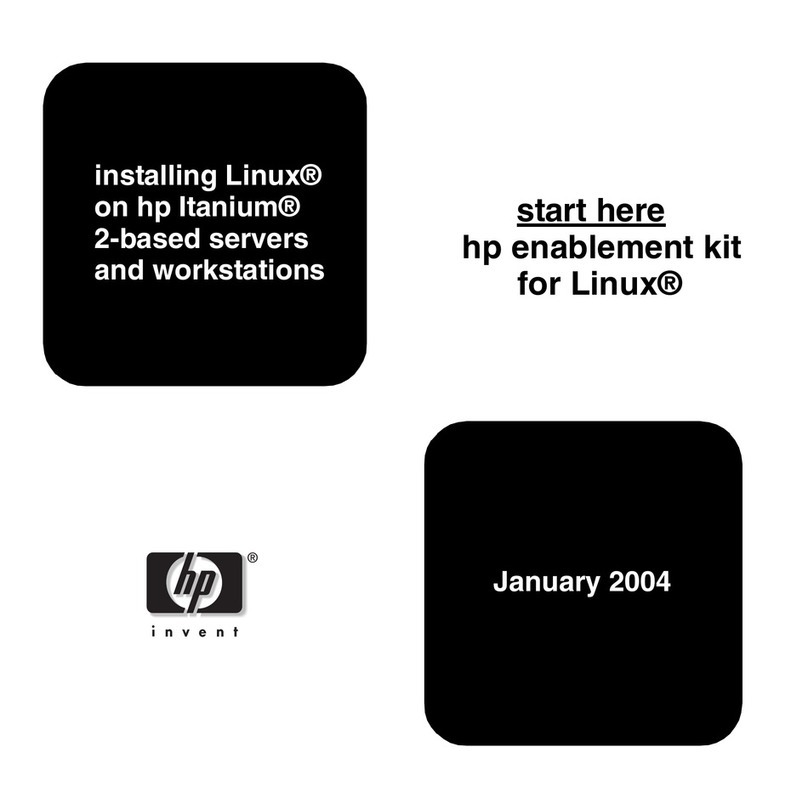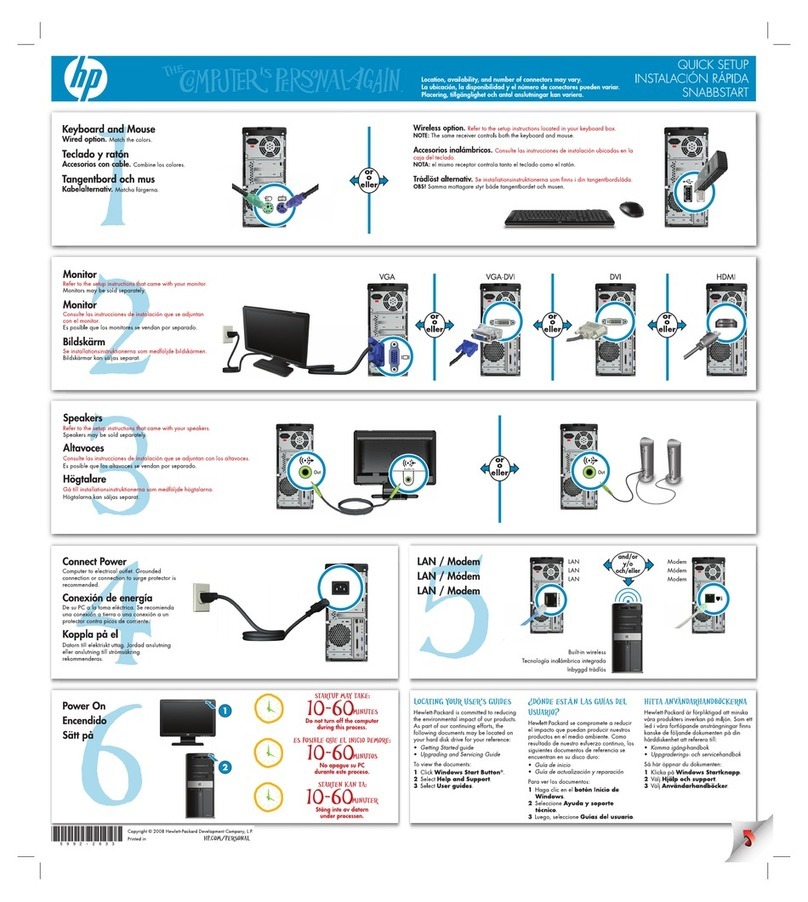IBM 610
Multiple Operation
The machine provides multiple function instruc-
tions for programming simplicity. The Square Root
instruction accomplishes in one operation what is nor-
mally amany instruction subroutine. Divide-Multiply
combines into one operation the division of two fac-
tors and multiplication of the quotient by athird.
Checking
The IBM 610 has been designed with reliability as
aprimary consideration. Conservative circuit design
and components chosen for their high reliability are
employed throughout. This computer also uses built-
ia self-checking features, which provide further as-
surance of accurate results.
ister is 9999 99999 99999.9 in auto-point. (Note that
these two statements are not equivalent. The number
10000 00000 00000. is afifteen-digit number, but
it may not be entered into the machine because it is
greater than the maximum allowable magnitude.)
The register capacity of thirty-one digits allows
the machine to position every number with its point
in the middle of the register for operation in the
auto-point mode. Astorage register may be visualized
as follows:
15 Positions 16 Positions
.t
sign high-order half of
storage register
low-order half of
storage register
ADDRESS SYSTEM
The machine is concerned with two basic types of
communication —problem data and control infor-
mation. Problem data are entered into the machine
and stored as magnetic spots on the surface of the
drum. In order for these data to be used they must be
stored and retrieved from the same physical location.
Asystem of numerical addresses plus checking and
timing circuitry allows the operator to locate data
for input, output and computations. The idea is anal-
ogous to an automatic parking lot in which cars are
mechanically stored in numbered slots and retrieved
again from the same slot.
Register
Within the machine, data are stored on the drum
in 84 addressable locations called registers. Each of
the registers has an address: These addresses are 00,
01 79, plus special registers A, MP, MC, DIV
(to be explained later). This permits retrieval and
storage of information during calculation. Each of
these locations has acapacity of up to 31 digits plus
algebraic sign and radix point.
Numbers up to fifteen digits in length, plus point
and sign, may be entered into any storage register.
The largest magnitude that can be entered into areg-
The first position to the left contains the sign of
the number. If this position contains a0, the sign of
the number is positive; if this position contains a9,
the sign of the number is negative.
The storage register may be thought of as divided
into two parts as indicated by the space in the middle
of the register. When the machine is operating
in auto-point, the integer portion of anumber is
in the left half or high-order half of the register. The
fractional portion of the number is contained in the
right half or the low order of the register. The decimal
point is stored in combination with the first digit in
the lower half of the register. The number stored in
this manner is said to be in right-hand standard posi-
tion. During operation in the auto-point mode, it is
permissible to move anumber out of the right-hand
standard position. However, before any arithmetic
operations can be correctly performed in the auto-
point mode, the number must be returned to the
right-hand standard position.
Anumber is said to be in left-hand standard posi-
tion if the first significant (non-zero) digit has been
moved to the first position to the right of the sign
position, or if the decimal point has been moved to
the first position to the right of the sign position.
